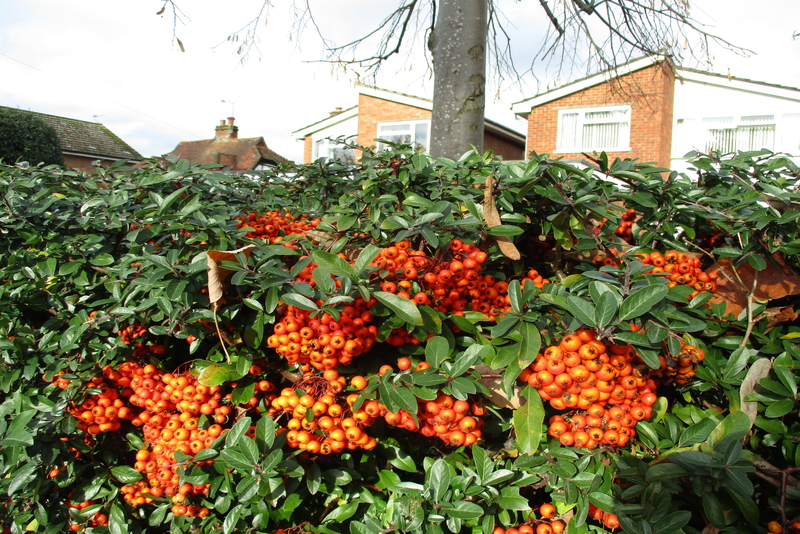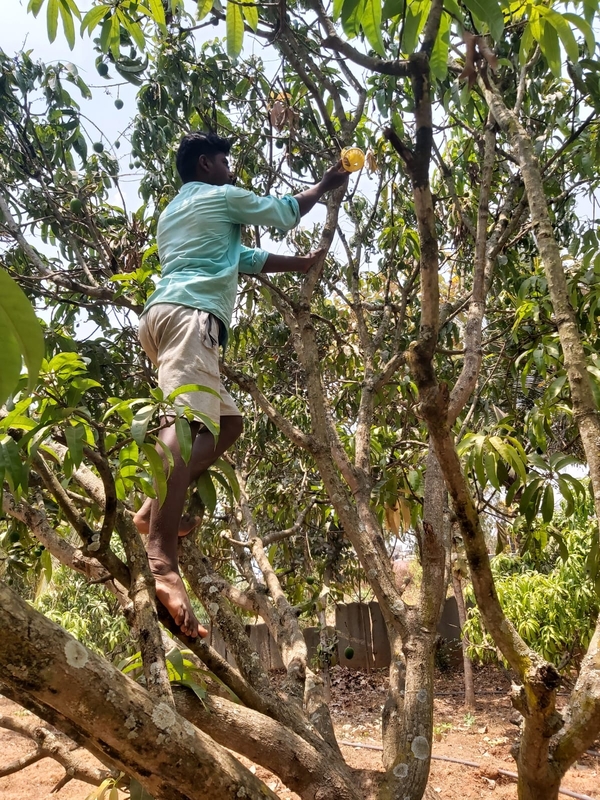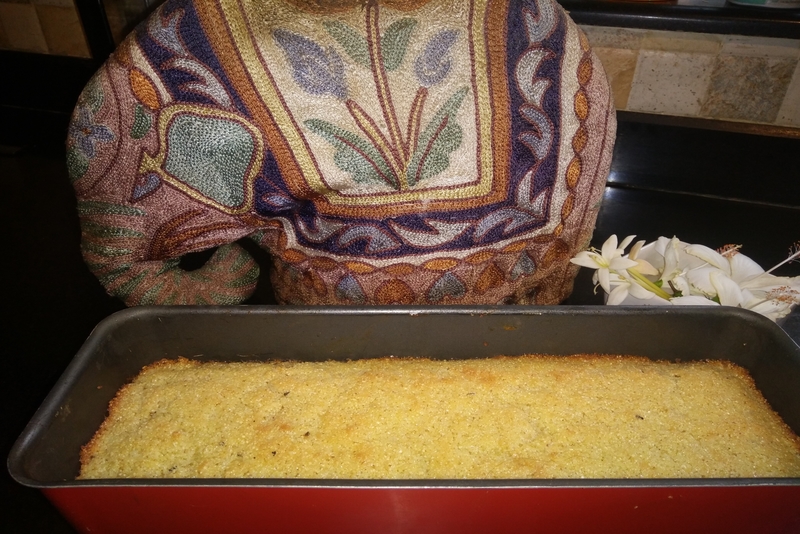Berries in the garden over winter in the UK

This time I am in the UK during the winter, which can be horribly cold and grey and ofcourse rainy most of the time. The air is full of falling leaves swirling around my head and floating to the ground. Piles of fallen brown and yellow leaves lie scattered all over the ground, under the trees which are rapidly turning bare and leafless. My son and I spend hours raking and filling the garden waste bins with clippings and fallen leaves and apples.
The garden which was a vibrant palette of colour in June and August, is now looking depleted of it’s summer vigour and flowers and the last of the apples are being pecked off the trees by the hungry birds. The rose bush which was a burst of colour in June is devoid of roses but is covered with rose hips. Something quite rare in India.
But as I hoe down the beds to remove any left over weeds, what I have noticed are that winter berries bring a splash of colour to stark and frosty gardens, when a lot of trees are otherwise bare. They are a vital food source for wildlife during the coldest months in the UK and can be foraged to make some delicious seasonal treats for humans too.
On my morning walks I see the hedges of some homes covered with berries of different kinds.
So,what is a berry? The botanical definition of a berry is a fruit produced from the ovary of a single flower, fleshy throughout except for the seeds. The common definition of a berry: a small fleshy fruit found on plants. Shrubs with autumn berries bring colour both from the berries themselves, and the birds they attract.
On my walk as I turn the corner to walk through the park I go past a cottage which has a tall holly hedge. Hollies (Pyracantha) have constant beauty despite lacking conspicuous blossom. One can clip them to any shape or size. The Pyracantha produces buckets of fruit and brightens up the garden size or shape. They grow as hedging or like one garden has let one become a stately tree. All varieties are good, but interestingly only females bear berries.
Holly berries are not just for Christmas – they’re good for the birds in your garden in January when there’s not much else for them to eat. If the glossy green leaves of the Holly are not to your taste, this useful shrub can be found with variegated foliage caled the ‘Golden King’ – which despite its name, is a female plant. Holly, which is traditionally used to decorate homes at Christmas, is on the increase in the UK, because of warming temperatures.
Along my walk a whole hedge is of the Cotoneaster (Cornubia. Many Cotoneasters carry a generous crop of red berries and it’s quite a large cultivar, with fruits which are carried in such huge clusters that they weigh down the branches. The beauty of the plant stopped me in my tracks to snap a picture. Partially evergreen, the foliage makes an attractive background to the fruits without hiding them.
In the depths of winter when food is hard to find, they’re almost as beneficial as feeding tables for the birds. And berries can look as pretty as bigger flowers — prettier, sometimes. They bring autumnal colour and winter cheer when there isn’t much else to enjoy in the garden. So to increase berry power in your garden,check out the berry fruiting shrubs in a garden centre.
Crab apples have lovely blossoms and showy fruits as well. As I walk past an old quaint house called the Old Oak Cottage, which has a crab apple fruiting right up infront, I whip out my camera to get a picture. Sadly the house looks all forlorn and empty with a big ‘For Sale’ board up in front. I think to myself the old owner must have passed. Every time I walked past I enjoyed taking pictures of its beautifully maintained garden. Now the birds were eating the fruit which looked so inviting in the cold.
Another hedge made entirely of Dog rose (Rosa canina) a British native, has soft pink flowers in summer. Now the shrubs were covered with bright scarlet vitamin rich rose-hips over the winter. They can be bought as a bare rooted specimens and planted over the winter, as part of a native hedge. These shrubs provide cover for nesting birds, as well as in winter a food source for the birds.
The garden which was a vibrant palette of colour in June and August, is now looking depleted of it’s summer vigour and flowers and the last of the apples are being pecked off the trees by the hungry birds. The rose bush which was a burst of colour in June is devoid of roses but is covered with rose hips. Something quite rare in India.
But as I hoe down the beds to remove any left over weeds, what I have noticed are that winter berries bring a splash of colour to stark and frosty gardens, when a lot of trees are otherwise bare. They are a vital food source for wildlife during the coldest months in the UK and can be foraged to make some delicious seasonal treats for humans too.
On my morning walks I see the hedges of some homes covered with berries of different kinds.
So,what is a berry? The botanical definition of a berry is a fruit produced from the ovary of a single flower, fleshy throughout except for the seeds. The common definition of a berry: a small fleshy fruit found on plants. Shrubs with autumn berries bring colour both from the berries themselves, and the birds they attract.
On my walk as I turn the corner to walk through the park I go past a cottage which has a tall holly hedge. Hollies (Pyracantha) have constant beauty despite lacking conspicuous blossom. One can clip them to any shape or size. The Pyracantha produces buckets of fruit and brightens up the garden size or shape. They grow as hedging or like one garden has let one become a stately tree. All varieties are good, but interestingly only females bear berries.
Holly berries are not just for Christmas – they’re good for the birds in your garden in January when there’s not much else for them to eat. If the glossy green leaves of the Holly are not to your taste, this useful shrub can be found with variegated foliage caled the ‘Golden King’ – which despite its name, is a female plant. Holly, which is traditionally used to decorate homes at Christmas, is on the increase in the UK, because of warming temperatures.
Along my walk a whole hedge is of the Cotoneaster (Cornubia. Many Cotoneasters carry a generous crop of red berries and it’s quite a large cultivar, with fruits which are carried in such huge clusters that they weigh down the branches. The beauty of the plant stopped me in my tracks to snap a picture. Partially evergreen, the foliage makes an attractive background to the fruits without hiding them.
In the depths of winter when food is hard to find, they’re almost as beneficial as feeding tables for the birds. And berries can look as pretty as bigger flowers — prettier, sometimes. They bring autumnal colour and winter cheer when there isn’t much else to enjoy in the garden. So to increase berry power in your garden,check out the berry fruiting shrubs in a garden centre.
Crab apples have lovely blossoms and showy fruits as well. As I walk past an old quaint house called the Old Oak Cottage, which has a crab apple fruiting right up infront, I whip out my camera to get a picture. Sadly the house looks all forlorn and empty with a big ‘For Sale’ board up in front. I think to myself the old owner must have passed. Every time I walked past I enjoyed taking pictures of its beautifully maintained garden. Now the birds were eating the fruit which looked so inviting in the cold.
Another hedge made entirely of Dog rose (Rosa canina) a British native, has soft pink flowers in summer. Now the shrubs were covered with bright scarlet vitamin rich rose-hips over the winter. They can be bought as a bare rooted specimens and planted over the winter, as part of a native hedge. These shrubs provide cover for nesting birds, as well as in winter a food source for the birds.

Related Articles
Editor's Picks Articles
Top Ten Articles
Previous Features
Site Map
Content copyright © 2023 by Marianne de Nazareth. All rights reserved.
This content was written by Marianne de Nazareth. If you wish to use this content in any manner, you need written permission. Contact Marianne de Nazareth for details.





 -resizeimage.jpg.jpg)

